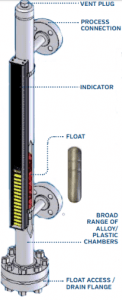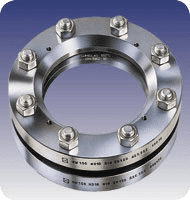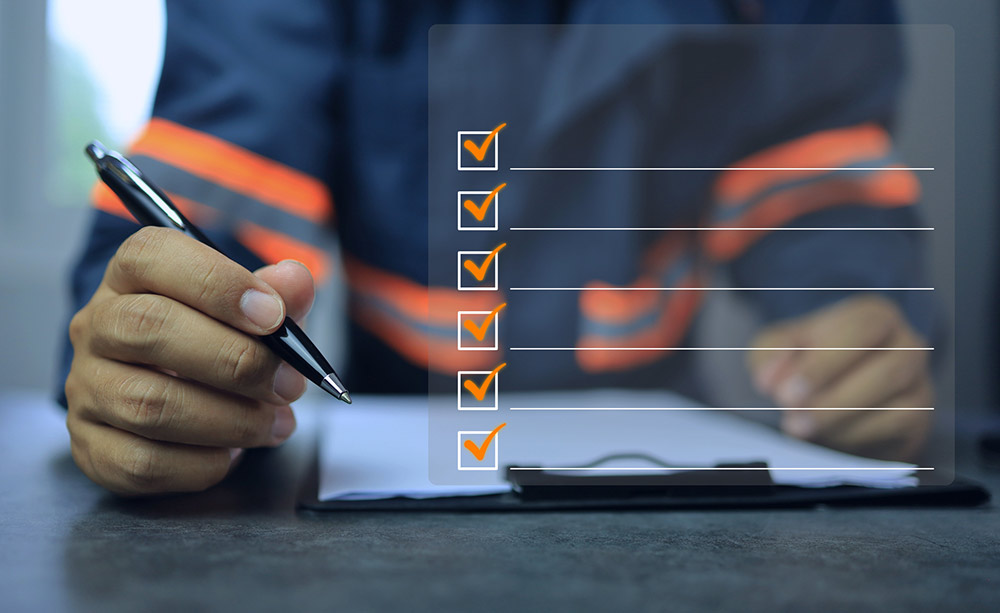
Selecting the right sanitary safety relief valve is crucial, but it’s only the beginning. Even the best-engineered valve can fail if it isn’t installed, operated, and maintained correctly. Here’s a comprehensive guide to ensuring reliable, hygienic performance throughout the valve’s life.
First, proper installation is vital. Sanitary relief valves are typically installed vertically with the outlet facing upward and inlet at the bottom—this orientation ensures sediment won’t lodge inside, allowing debris and condensate to drain out during normal operation. The discharge line must maintain slope and avoid dead legs. An open vent without water traps is essential to keep corrosion or blockage at bay.
During commissioning, precisely verify that the valve lifts at its set pressure and reseats correctly. Perform a “pop test” at 105–110% of set pressure and conduct seat tightness tests at nominal pressure. These steps confirm lift function and leak-tight behavior when closed. Validate certificate data against those measurements.
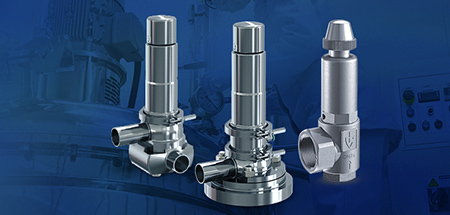
Monitor valve performance during routine operations. Any chatter or fluttering after popoff indicates excess oversizing or mismatched trim design—liquid valves need different internals than vapor valves to prevent operational instability. Frequent pop-offs can indicate pressure control issues, not valve failure.
Sanitary relief valves must also withstand aggressive CIP cycles. Spring housings sealed by diaphragm designs prevent ingress of cleaning fluids, protecting internals from corrosion and contamination. However, even these designs require periodic inspection to ensure seals remain intact and corrosion-free.
Maintenance should be performed at 6- to 12-month intervals depending on plant use and regulations. Inspect and clean internals during shutdown; replace worn seals or springs and re-validate set pressure. Bench-test valves after reassembly or before returning to service. Record each step meticulously—the documentation is key to audits and continuous safety. Cleaning can be completed without impacting relief valve certifications.
Not just cleaning processes, but routine maintenance is simplified as well. Wetted components can be replaced without affecting the spring and without the need for recertification. Also, the spring can be maintained without breaking wetted seals, allowing operators to easily handle maintenance themselves.
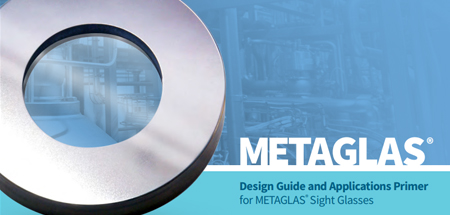
When a valve reaches end-of-life—whether due to corrosion, metal fatigue, or seal degradation—it must be replaced with an equivalent sanitary valve. Never substitute with an industrial relief valve, even temporarily, as this compromises hygiene and operational integrity.
Finally, ensure that all valve documentation—certificates, test records, maintenance logs—are stored securely and available per local or federal regulation. Proper labeling must remain legible on the valve, and documents must reflect revisions and actions taken throughout its lifecycle.
The proper operation of a sanitary safety relief valve isn’t just about when it pops—it’s about installing it correctly, verifying its performance, maintaining both mechanical integrity and hygiene, and replacing it at the right time. When all these processes are in place, the valve delivers dependable protection without compromising your clean process standards.


